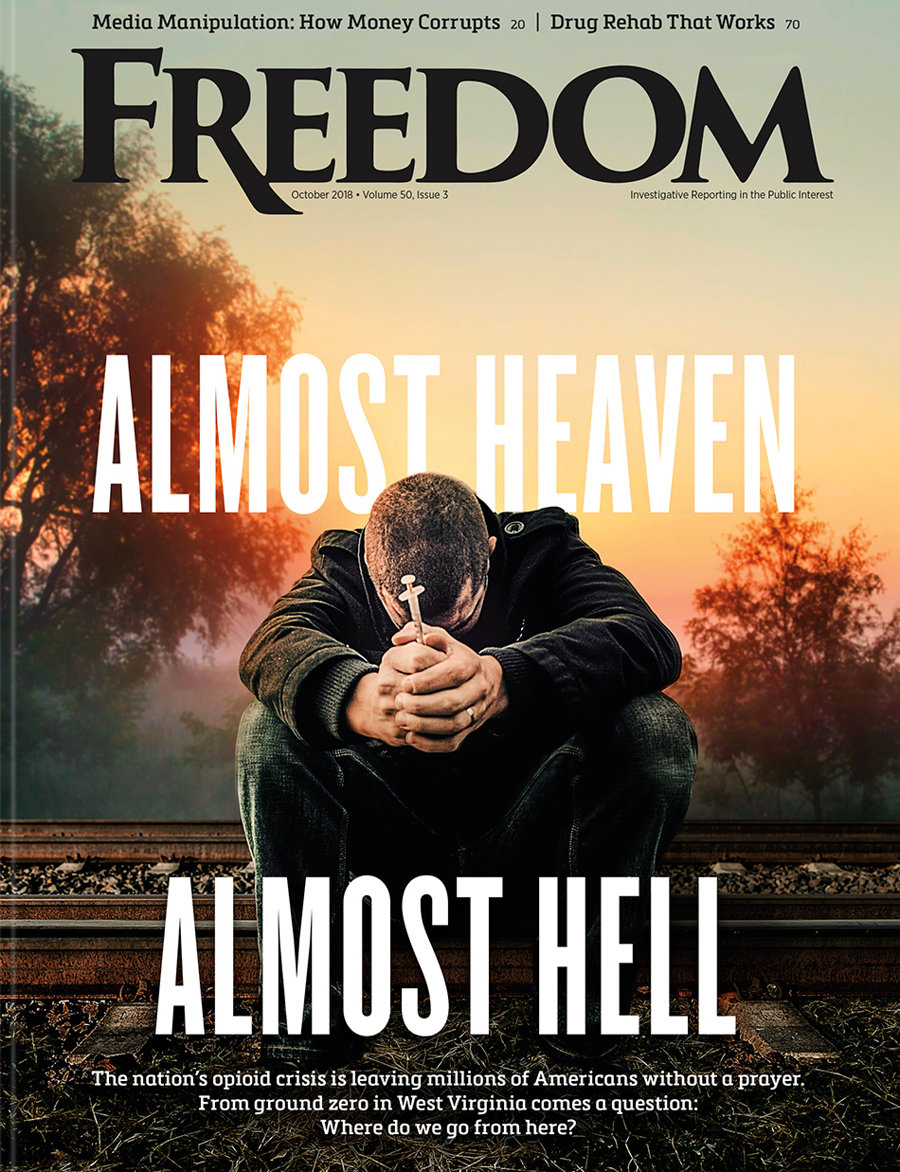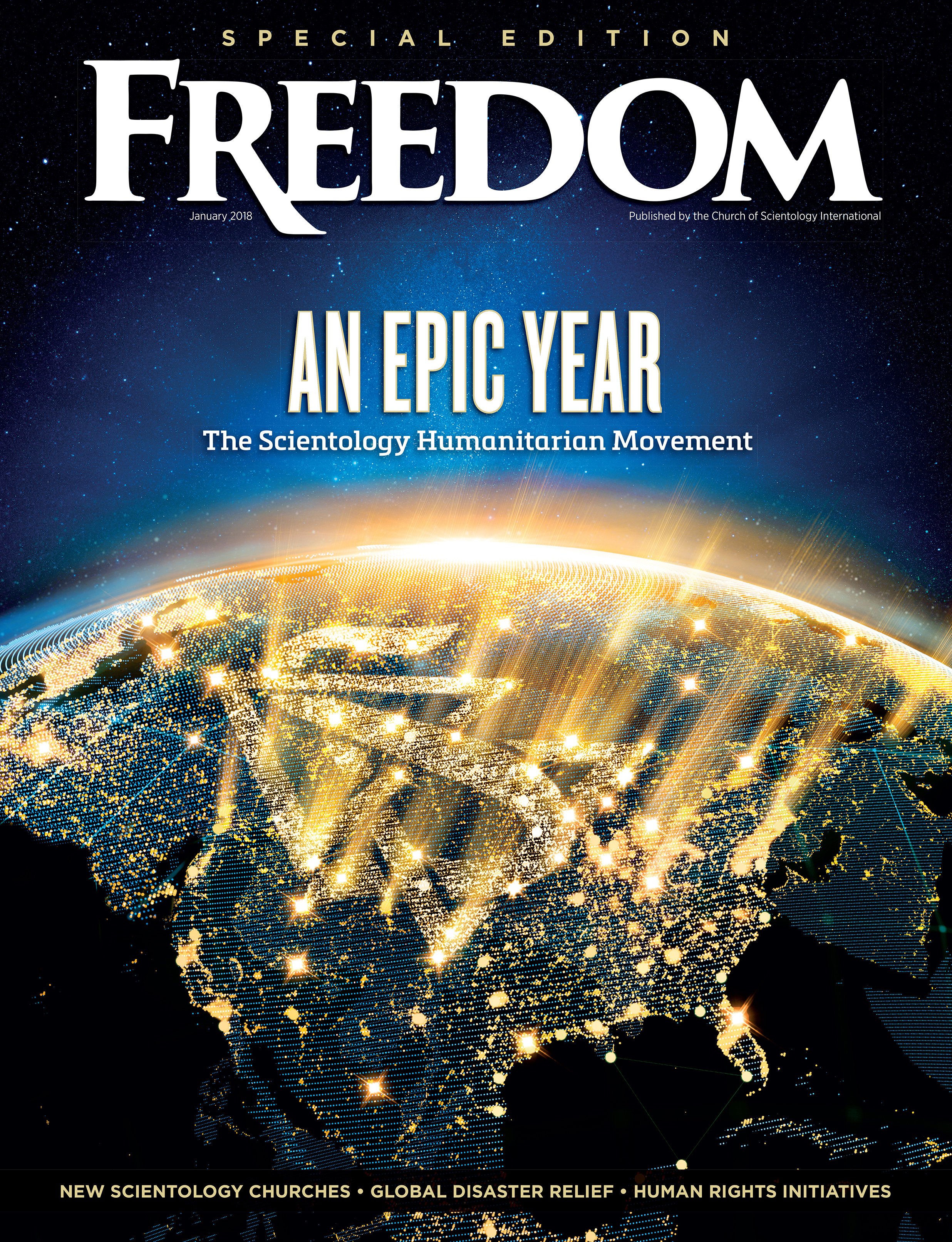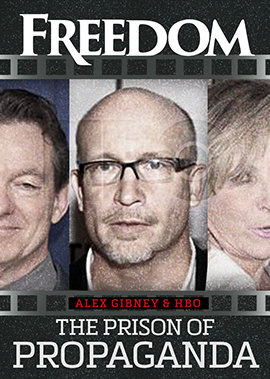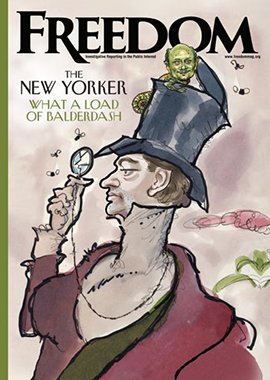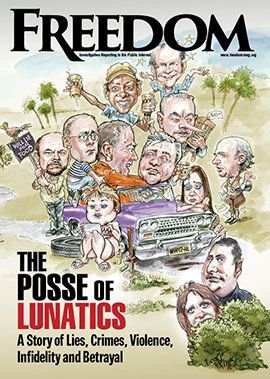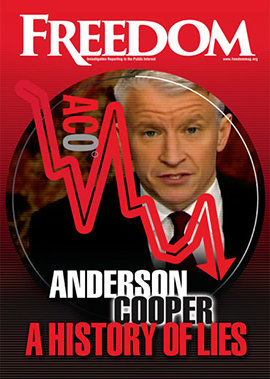Their names, faces and stories are now enshrined in an online memorial launched this year by the International Campaign to Abolish Nuclear Weapons (ICAN) to mark the 80th anniversary of the twin bombings—and to remind the world that the age of atomic horror is not a chapter of the past, but an ongoing and escalating danger.
“We’re going about our daily lives really oblivious to this threat hanging over us.”
“The most fundamental right, the right to life itself, is threatened by the growing danger of nuclear war,” said Dr. Ira Helfand, a senior member of ICAN and a participant at the recent International Human Rights Summit at the United Nations. The use of atomic weapons would not only “mean the extinction of our species. It would be the end of modern civilization.… This is not the plot of a movie—it is the danger we live with every day ... we allow nuclear weapons to exist.”
That peril, which first darkened the sky over New Mexico during the Trinity Test, the first-ever detonation of a nuclear device, on July 16, 1945, continues to cast its shadow today—over Ukraine, the Korean Peninsula, the Middle East and over the fingers of nine nuclear-armed nations poised on the proverbial button. But what makes this anniversary so urgent is not only the past—it is also the precarious present and the life-or-death decisions about nuclear weapons still to come.
The issue is particularly important in light of disarmament resolutions in some 70 US cities and counties, plus Congressional and Senate initiatives, inspired by the work of Back from the Brink, a major organization launched in the fall of 2017 to promote nuclear abolition with 23 chapters and endorsements by over 500 NGOs spanning academic, civic, environmental, faith, peace and policy fields in the US.
The resolutions, as Helfand described them, are “organized around a policy platform that we are hoping the United States will adopt—to try to get the US to demonstrate good faith and provide momentum to the [nuclear disarmament] process.”
For the first time since the Cold War, the global stockpile of nuclear weapons is projected to grow. And while the bombings of Hiroshima and Nagasaki ostensibly hastened the end of World War II, their aftermath has ignited a new arms race that has brought us to the edge of annihilation.

“I think we’re very close,” Helfand told Freedom. “We could have a nuclear war today.”
That stark warning is rooted in recent history. In May, India and Pakistan engaged in a minor border conflict that, Helfand noted, “could easily have turned into nuclear war.” Such a war between South Asia’s only two nuclear-armed states could kill up to 100 million people outright—and trigger a global famine that could claim hundreds of millions more. And this, Helfand warned, is only one flashpoint. “We’re going about our daily lives really oblivious to this threat hanging over us,” he explained. “We are so much dependent on the decisions of three individuals,” he added, referring to the leaders of the US, Russia and China.
“We must eliminate nuclear weapons before they eliminate us,” reads ICAN’s 80th anniversary campaign. To that end, a landmark Treaty on the Prohibition of Nuclear Weapons has been open for signature at the UN since 2017, backed by a majority of governments determined to make these weapons of mass destruction illegal under international law. It’s a moral stance, yes—but also a pragmatic one, rooted in the knowledge that humanity cannot long survive in the grip of such unrelenting threat. The devastation inflicted in 1945 was only a fraction of what today’s weapons could unleash.
“This isn’t a partisan issue. It’s a human issue. We have the tools.… We have the treaties. What we need is the will.”
The question is not whether we understand the danger. We do. But as Helfand points out, every day that we allow nuclear weapons to continue to exist is a day we risk the collapse of civilization itself. The question is: What are we going to do about it?
ICAN, recipient of the 2017 Nobel Peace Prize, has long advocated for a mass movement to delegitimize, defund and dismantle nuclear arsenals. Their message is simple: This is not an elite diplomatic problem. This is everyone’s problem. “Nuclear weapons affect all of us,” reads ICAN’s campaign literature, “so it’s up to all of us to make sure people understand the truth—these are weapons designed to inflict maximum harm on civilians.”
The group has launched a #CranesOfMemory initiative, urging people around the world to fold paper cranes, inscribe them with the names of victims and survivors, and use them as symbolic commitments to action.
Although most people feel powerless in the face of global catastrophe, Helfand insists that resignation is not an option. “It’s also important for people to understand that they can do a part of the job they are expected to do,” he said. “In the 1980s, millions of people were successful in demanding an end to the Cold War. So we have to do again what we have already done before.”
It is this ethos of public engagement that defines ICAN’s work—and that drives Helfand’s call to conscience. “What gives me hope,” he said, “is that we’ve seen before how people-powered movements can change the course of history.… We saw it with apartheid. We saw it with landmines. And we’re beginning to see it with nuclear weapons.”
But public pressure must be accompanied by moral clarity, especially from those institutions that claim to speak to humanity’s higher nature. Religious communities, Helfand argued, have a vital role to play. “Faith-based organizations have often been at the forefront of disarmament,” he said. “They can help frame this as not just a security issue, but a spiritual and ethical one. And they can hold governments accountable in ways that transcend partisanship.”
Among those voices are Scientologists, whose Founder, L. Ron Hubbard, warned as early as 1956 that continued nuclear testing would lead not to a world destroyed in a bang, but one that “will die with a whimper.” Freedom Magazine has long documented the consequences of nuclear fallout on the Marshall Islands, where US testing between 1946 and 1958 exposed generations to devastating radiation, birth defects and forced medical experimentation.
Helfand echoed that legacy of bearing witness. “Nuclear justice means not only preventing future use,” he said, “but remembering the human cost of past ones.” The last generation of survivors of Hiroshima and Nagasaki—known as hibakusha—have gained renown for being some of the most tireless advocates for abolition as they travel the world to share their stories and warn of what must never happen again. ICAN has partnered with the Hiroshima Peace Memorial Museum and the Nagasaki Atomic Bomb Museum to amplify hibakusha voices, especially to younger generations who may view nuclear war as a relic of the past rather than an ever-present risk today.
In the US, meanwhile, public opinion remains fractured. A Pew Research Center survey published July 28 found that while most Americans acknowledge the bombings of Hiroshima and Nagasaki, only 31 percent say they were unjustified, while 35 percent believe they were. The rest are unsure. Attitudes also diverge by age: Americans under 30 are more likely to condemn the bombings, while older generations remain more supportive. And although nearly 70 percent of Americans believe nuclear weapons have made the world less safe, few are actively mobilizing to eliminate them.
That gap—between awareness and action—is where campaigns like ICAN’s must operate. Helfand believes the chasm can be bridged: “This isn’t a partisan issue. It’s a human issue.… We have the tools. We have the treaties. What we need is the will.”
Back in Hiroshima, where children once played in peace before the bomb fell, paper cranes now flutter in the wind—each one a whisper of memory, a plea for justice, a promise that those who died will not be forgotten.
It’s been 80 years. The question is not whether we remember. The question is whether we act.






